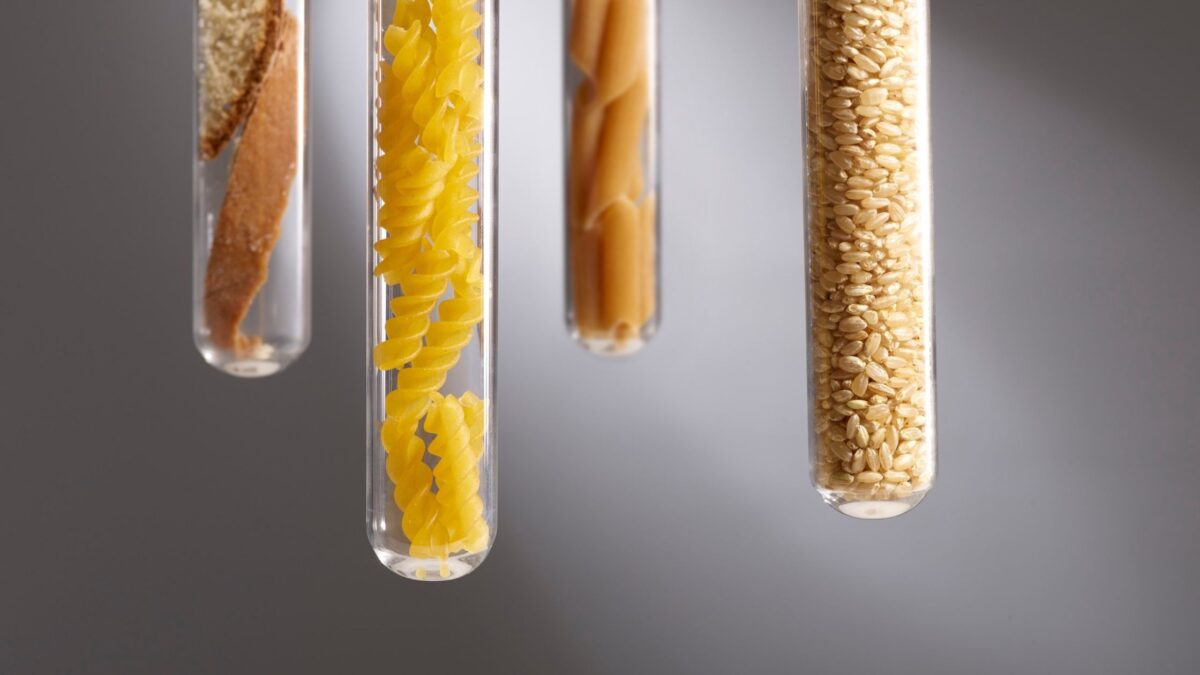
Gluten Testing for Food Manufacturers, Restaurants and Food Service Operators in Canada
Gluten Testing for Food Manufacturers, Restaurants and Food Service Operators in Canada falls under Health Canada regulations. These regulations recognize the Codex Alimentarius Standard for Foods for Special Dietary Use for Persons Intolerant to Gluten (Codex Stan 118-1979) which states that the gluten content of foods labelled gluten-free shall not exceed 20 ppm (parts-per-million).
Gluten Testing for Food Manufacturers, Restaurants and Food Service Methods
Manufacturers, restaurants and food service operators must determine their risk for contamination with gluten and select the best testing methods and appropriate plans specific to their needs:
– Using an ISO 17025 accredited third laboratory employing peer-reviewed gluten testing methods.
– Using industry-approved commercial in-house gluten testing kits.
– Perform swab testing methods for assessing the cleanliness of equipment surfaces.
– Sufficient frequency of testing to confirm the ongoing effectiveness of the gluten management protocols.
Testing Kits in Canada
The recommended testing methods and test kits certified by the AOAC (Association of Official Agricultural Chemists) can reliably detect gluten from rye, barley and wheat and their sub-cultivars. Common methods for detecting gluten in food are antibody-based systems such as enzyme-linked immunosorbent assays (ELISA) are:
Sandwich R5 ELISA for measuring intact proteins.
Competitive R5 ELISA for smaller-sized protein fragments found in partially degraded gluten.
Gluten Testing Methodologies in Canada
Here are some examples of gluten testing methodologies:
– Ridascreen Gliadin (wheat, buckwheat, rice, corn, oats, syrup, sausage). rice- and corn-based products, soy, starches, pseudo cereals, legumes, spices, juice, nut nougat crème, cream cheese, pesto, meat, vegetarian meat alternative, cookies, dessert, cake, fish, bread, candies, and potatoes).
– EZ Gluten (rice, flour, cooked dough, beer).
– Veratox for Gliadin R5 (cooked hamburger, bread, rice, cereal, rice flour).
– Aller-Tek Gluten-ELISA Technologies (rice flour, cooked dough).
Detecting Gluten
Other analytical techniques used for detection of gluten in foods are:
– Immunosensors/Dipsticks/Lateral flow devices (LFDs) – rapid and useful for on-site analysis.
– Western blots – separates and detects gluten proteins according to their size.
– Mass spectrometry – highly sensitive and can directly detect proteins/peptides that are not detected by immunological techniques.
– DNA-based methods – DNA is more efficiently extracted compared to proteins and can be used as a highly sensitive screening method for the presence of gluten containing cereals.
– Aptamer-based assays- Highly sensitive new generation methods.
Caution, currently available test methods cannot reliably detect and quantify gluten in fermented or hydrolyzed foods:
– Cheese, yogurt, vinegar, sauerkraut, pickles, green olives, beers, and wine.
– Hydrolyzed plant proteins used to improve flavor or texture in processed foods such as soups, sauces, and seasonings.
It is at the manufacturer, restaurant or hotels own discretion to choose the testing kit and method that suits that best suits there business.
Disclaimer: The topic of this article is for informational purposes only. Please contact the Gluten-Free Food Program or Health Canada with any questions or concerns.
